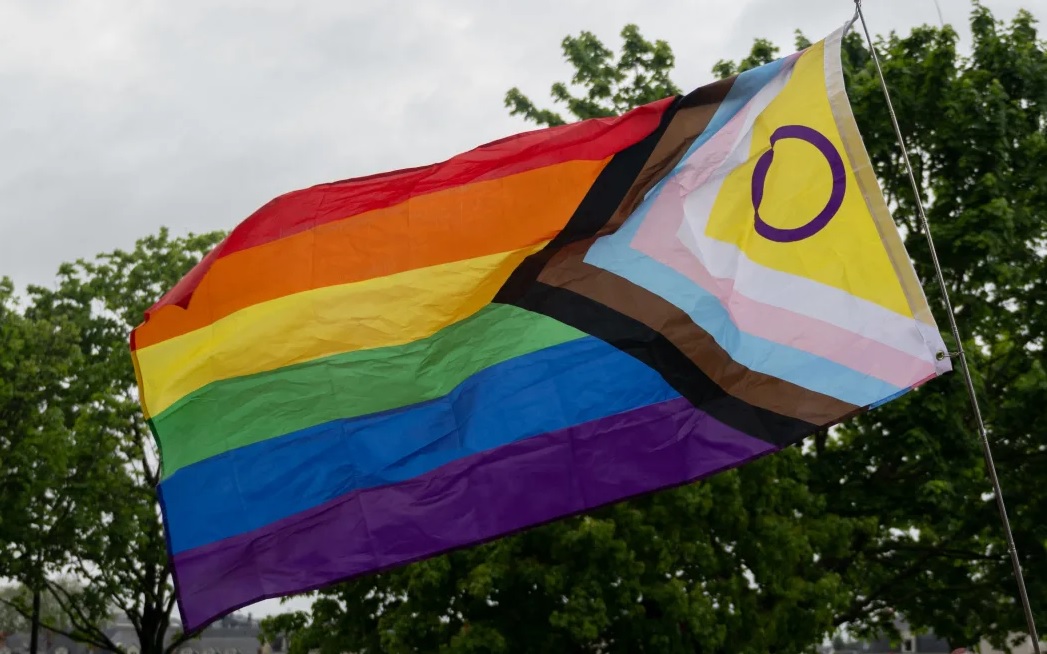
- 1 in 20 New Zealand adults identify as LGBTIQ+, Census data shows
- The 2023 census captured data for LGBTIQ+ communities for the first time ever
- Wellington has the highest proportion of rainbow population
Census data has revealed one in 20 New Zealand adults identify as LGBTIQ+ - or part of the rainbow communities.
For the first time ever, the 2023 Census collected data about gender, sexual identity and variations of sex characteristics.
The LGBTIQ+ or rainbow population includes people who are lesbian, gay, bisexual, transgender, non-binary, intersex, or have other "minority genders or sexual identities", StatsNZ said.
Data released on Thursday revealed the population's size in 2023 was 172,383 - or 4.9 percent of adults.
Wellington had the highest proportion of people belonging to the rainbow communities, at 11.3 percent.
That was followed by Dunedin at 7.3 percent, Christchurch at 6 percent, Palmerston North at 5.8 percent and Hamilton at 5.6 percent, with Auckland sitting at 4.9 percent.
Rainbow communities had been lobbying for decades to have this information recorded and to see themselves reflected in the data, said StatsNZ principal analyst Adele Quinn.
There was also demand from government agencies who would use the data to better understand communities and ensure they have the services and support they need, she said.
Sexual identity
In the 2023 Census, 144,960 people over 15 years old reported a sexual identity other than heterosexual.
Just over half - 54 percent - identified as bisexual, about 30 percent identified as gay or lesbian, and the remaining 13 percent had a different sexual identity that had not been classified.
Transgender and non-binary populations
In 2023, more than 26,000 people were transgender. That equated to 0.7 percent of the adult population.
More than 15,000 of these people identified as "another gender" while just over 5,000 identified as transgender male, and nearly 6,000 identified as transgender female.
Less than half a percent of adults identified as non-binary.
On average they were younger than the general population, with a median age of 24.8 years compared with 38.1 years.
Intersex population
The Census delivered Aotearoa's first official statistics about the intersex population.
Intersex describes a range of natural variations in the human body, specifically the innate variations in someone's sex characteristics, of which there are over 40 under the umbrella term.
Sex characteristics can include hormones, chromosomes, internal and external anatomy.
It found 0.4 percent of the population, or just over 15,000 people, stated they knew they were born with a variation of sex characteristics.












